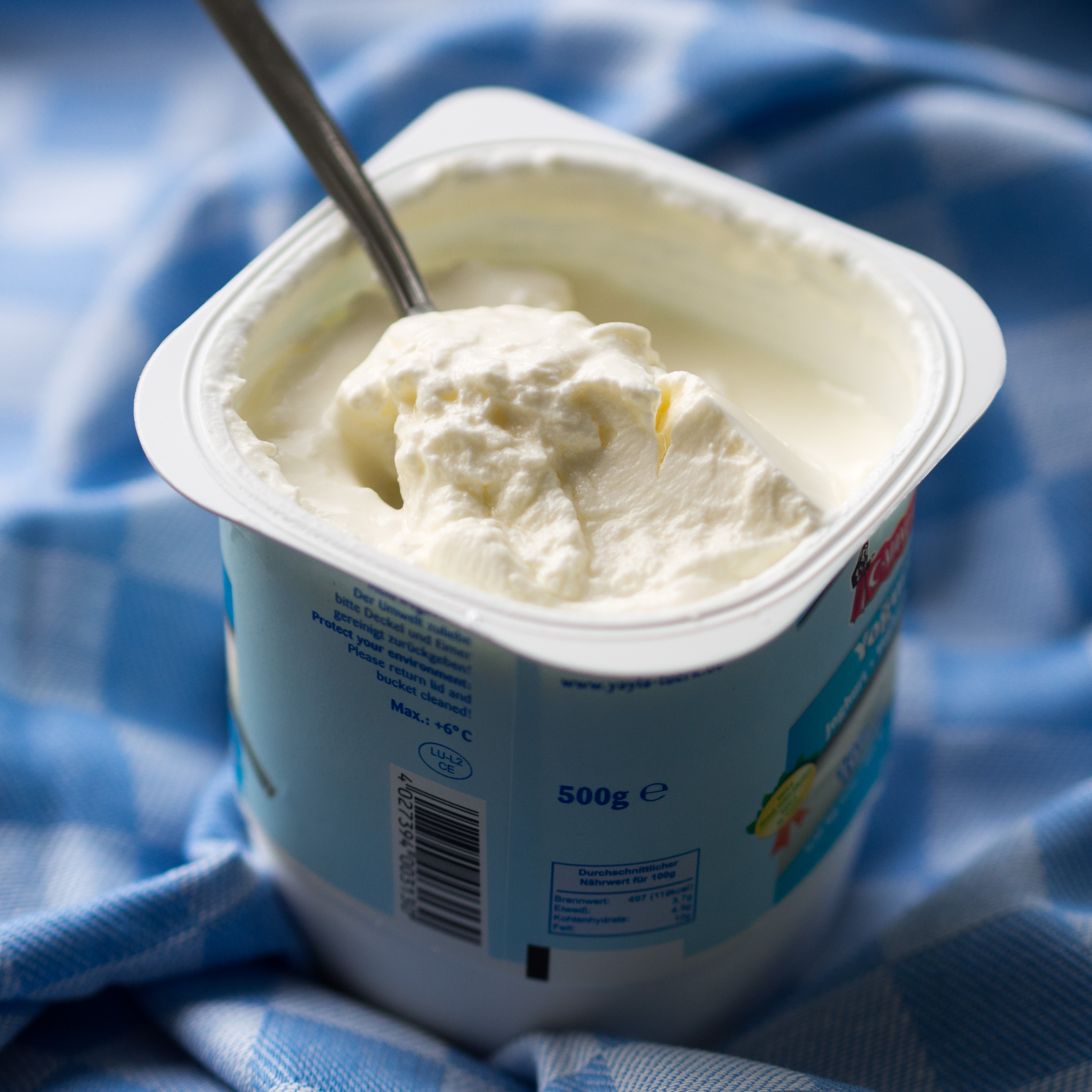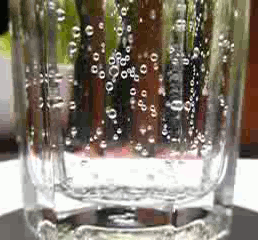|
Chalap
Chalap, also marketed as Tan, is a beverage common to Kyrgyzstan, Uzbekistan, and Kazakhstan. It consists of qatiq or suzma, salt, and in modern times, carbonated water. The Shoro beverage company markets chalap as "Chalap Shoro" (). In Uzbekistan it is part of rural culture which originates from nomadic traditions. In Uzbek cuisine it includes vegetables, giving it the appearance of a cold soup. See also * Ayran Ayran ( ) is a cold savory yogurt-based beverage that is consumed across Central Asia, and the Balkans, in Turkey and Iran. The principal ingredients are yogurt, water and salt. Herbs such as mint may be optionally added. Some varieties are ... Notes References Non-alcoholic drinks Kazakh cuisine Kyrgyz cuisine Uzbekistani cuisine {{CAsia-stub ... [...More Info...] [...Related Items...] OR: [Wikipedia] [Google] [Baidu] |
Ayran
Ayran ( ) is a cold savory yogurt-based beverage that is consumed across Central Asia, and the Balkans, in Turkey and Iran. The principal ingredients are yogurt, water and salt. Herbs such as mint may be optionally added. Some varieties are carbonated. It is a national drink of Turkey. Etymology ''Ayran'' (cf. '' airag'' in Mongolian: ' mare milk', ' () in Chuvash: 'buttermilk') is mentioned in Mahmud al-Kashgari's 11th century '' Dīwān Lughāt al-Turk'', although he did not give any information how ayran was made. The word is derived from the Old Turkic root ("to separate"), cf. Turkish ("to separate"). Preparation Ayran is served chilled and often as an accompaniment to grilled meat, bread or rice, especially during summer. It is made by mixing yogurt with chilled or iced water and is sometimes carbonated and seasoned with mint. It has been variously described as "diluted yogurt" and "a most refreshing drink made by mixing yogurt with iced water". The traditiona ... [...More Info...] [...Related Items...] OR: [Wikipedia] [Google] [Baidu] |
Shoro (company)
The Shoro company is a beverage company in Kyrgyzstan. They sell four national beverages: Maksym Shoro (), Chalap Shoro (), Jarma Shoro (), and Aralash Shoro (). These beverages are the traditional drinks maksym, chalap, jarma, and a mix of the former two, respectively. These can be bought in bottles in a majority of stores, or "on tap" on street corners (see picture) and at bazaars in most cities in Kyrgyzstan. Additionally, they sell bottled carbonated water Carbonated water is water containing dissolved carbon dioxide gas, either artificially injected under pressure, or occurring due to natural geological processes. Carbonation causes small bubbles to form, giving the water an effervescent quali ..., marketing it as "Байтик". Their primary competitor is Enesay, which produces similar beverages and distributes them in similar ways. References External links Shoro's website {{drink-company-stub Food and drink companies of Kyrgyzstan ... [...More Info...] [...Related Items...] OR: [Wikipedia] [Google] [Baidu] |
Qatiq
Qatiq is a fermented milk product from the Turkic countries. It is considered a more solid form of yogurt than ''ayran''.''Food on the Move'' (ed. by Harlan Walker). Oxford Symposium, 1997. . Page 245. In order to make qatiq, boiled milk is fermented for 6–10 hours in a warm place. Sometimes red beets or cherries are used for colouring. The product may be kept in a cool place for two or three days. If stored longer, it will turn sour; it may still be added to high-fat soups, though. The '' chalop'' soup is made from qatiq in Uzbekistan. When sour milk is strained in a canvas bag, the resulting product is called suzma. Dried suzma, or kurut, is often rolled into marble-size balls. In Bulgaria, ''katǎk'' is a spread that has the consistency of mayonnaise. See also * Cacık – a cognate name applied to another dish in Turkey and some neighbouring countries * List of dairy products * List of yogurt-based dishes and beverages This is a list of yogurt-based dishes and b ... [...More Info...] [...Related Items...] OR: [Wikipedia] [Google] [Baidu] |
Kyrgyz Cuisine
Kyrgyz cuisine is the cuisine of the Kyrgyz, who comprise a majority of the population of Kyrgyzstan. The cuisine is similar in many aspects to that of their neighbors. Traditional Kyrgyz food revolves around mutton, beef and horse meat, as well as various dairy products. The preparation techniques and major ingredients have been strongly influenced by the nation's historically nomadic way of life. Thus, many cooking techniques are conducive to the long-term preservation of food. Mutton and beef are the favorite meats, although in modern times many Kyrgyz are unable to afford them regularly. Kyrgyzstan is home to many different nationalities and their various cuisines. In larger cities, such as Bishkek, Osh, Jalal-Abad, and Karakol, various national and international cuisines can be found. Non-Kyrgyz cuisines that are particularly common and popular in Kyrgyzstan include Uyghur, Dungan, Uzbek, and Turkish cuisines, representing the largest minorities in the country. ... [...More Info...] [...Related Items...] OR: [Wikipedia] [Google] [Baidu] |
Beverage
A drink or beverage is a liquid intended for human consumption. In addition to their basic function of satisfying thirst, drinks play important roles in human culture. Common types of drinks include plain drinking water, milk, juice, smoothies and soft drinks. Traditionally Hot beverage, warm beverages include coffee, tea, and hot chocolate. Caffeinated drinks that contain the stimulant caffeine have a long history. In addition, alcoholic drinks such as wine, beer, and liquor, which contain the drug ethanol, have been part of human culture for more than 8,000 years. Non-alcoholic drinks often signify drinks that would normally contain alcohol, such as beer, wine and cocktails, but are made with a sufficiently low concentration of alcohol by volume. The category includes drinks that have undergone an alcohol removal process such as Low-alcohol beer, non-alcoholic beers and de-alcoholized wines. Biology When the human body becomes dehydrated, a person experiences thirst. This c ... [...More Info...] [...Related Items...] OR: [Wikipedia] [Google] [Baidu] |
Suzma
Strained yogurt, Greek or Greek-style yogurt, yogurt cheese, sack yogurt, kerned yogurt or labneh is yogurt that has been strained to remove most of its whey, resulting in a thicker consistency than normal unstrained yogurt, while still preserving the distinctive sour taste of yogurt. Like many types, strained yogurt is often made from milk enriched by boiling off some water content, or by adding extra butterfat and powdered milk. In Europe and North America, it is often made from low-fat or fat-free cow's milk. In Iceland a similar product named skyr is made. Strained yogurt is usually marketed in North America as "Greek yogurt" and in the United Kingdom as "Greek-style yoghurt", though strained yogurt is also widely eaten in Levantine, Eastern Mediterranean, Middle Eastern, Central Asian, South Asian, and Eastern European cuisines, where it is often used in cooking, as it curdles less readily when cooked. It is used in a variety of dishes, cooked or not, savory or sweet. S ... [...More Info...] [...Related Items...] OR: [Wikipedia] [Google] [Baidu] |
Salt
In common usage, salt is a mineral composed primarily of sodium chloride (NaCl). When used in food, especially in granulated form, it is more formally called table salt. In the form of a natural crystalline mineral, salt is also known as rock salt or halite. Salt is essential for life in general (being the source of the essential dietary minerals sodium and chlorine), and saltiness is one of the basic human tastes. Salt is one of the oldest and most ubiquitous food seasonings, and is known to uniformly improve the taste perception of food. Salting, brining, and pickling are ancient and important methods of food preservation. Some of the earliest evidence of salt processing dates to around 6000 BC, when people living in the area of present-day Romania boiled spring water to extract salts; a salt works in China dates to approximately the same period. Salt was prized by the ancient Hebrews, Greeks, Romans, Byzantines, Hittites, Egyptians, and Indians. Salt became a ... [...More Info...] [...Related Items...] OR: [Wikipedia] [Google] [Baidu] |
Carbonated Water
Carbonated water is water containing dissolved carbon dioxide gas, either artificially injected under pressure, or occurring due to natural geological processes. Carbonation causes small bubbles to form, giving the water an effervescent quality. Common forms include sparkling natural mineral water, club soda, and commercially produced sparkling water. Club soda, sparkling mineral water, and some other sparkling waters contain added or dissolved minerals such as potassium bicarbonate, sodium bicarbonate, sodium citrate, or potassium sulfate. These occur naturally in some mineral waters but are also commonly added artificially to manufactured waters to mimic a natural flavor profile and offset the acidity of introducing carbon dioxide gas giving one a fizzy sensation. Various carbonated waters are sold in bottles and cans, with some also produced on demand by commercial carbonation systems in bars and restaurants, or made at home using a carbon dioxide cartridge. It is tho ... [...More Info...] [...Related Items...] OR: [Wikipedia] [Google] [Baidu] |
Kyrgyzstan
Kyrgyzstan, officially the Kyrgyz Republic, is a landlocked country in Central Asia lying in the Tian Shan and Pamir Mountains, Pamir mountain ranges. Bishkek is the Capital city, capital and List of cities in Kyrgyzstan, largest city. Kyrgyzstan is bordered by Kazakhstan to the Kazakhstan–Kyrgyzstan border, north, Uzbekistan to the Kyrgyzstan–Uzbekistan border, west, Tajikistan to the Kyrgyzstan–Tajikistan border, south, and China to the China–Kyrgyzstan border, east and southeast. Ethnic Kyrgyz people, Kyrgyz make up the majority of the country's over 7 million people, followed by significant minorities of Uzbeks and Russians. Kyrgyzstan's history spans a variety of cultures and empires. Although geographically isolated by its highly mountainous terrain, Kyrgyzstan has been at the crossroads of several great civilizations as part of the Silk Road along with other commercial routes. Inhabited by a succession of tribes and clans, Kyrgyzstan has periodically fallen unde ... [...More Info...] [...Related Items...] OR: [Wikipedia] [Google] [Baidu] |
Kazakhstan
Kazakhstan, officially the Republic of Kazakhstan, is a landlocked country primarily in Central Asia, with a European Kazakhstan, small portion in Eastern Europe. It borders Russia to the Kazakhstan–Russia border, north and west, China to the China–Kazakhstan border, east, Kyrgyzstan to the Kazakhstan–Kyrgyzstan border, southeast, Uzbekistan to the Kazakhstan–Uzbekistan border, south, and Turkmenistan to the Kazakhstan–Turkmenistan border, southwest, with a coastline along the Caspian Sea. Its capital is Astana, while the largest city and leading cultural and commercial hub is Almaty. Kazakhstan is the world's List of countries and dependencies by area, ninth-largest country by land area and the largest landlocked country. Steppe, Hilly plateaus and plains account for nearly half its vast territory, with Upland and lowland, lowlands composing another third; its southern and eastern frontiers are composed of low mountainous regions. Kazakhstan has a population of 20 mi ... [...More Info...] [...Related Items...] OR: [Wikipedia] [Google] [Baidu] |
Uzbekistan
, image_flag = Flag of Uzbekistan.svg , image_coat = Emblem of Uzbekistan.svg , symbol_type = Emblem of Uzbekistan, Emblem , national_anthem = "State Anthem of Uzbekistan, State Anthem of the Republic of Uzbekistan" , image_map = File:Uzbekistan (centered orthographic projection).svg , map_caption = Location of Uzbekistan (green) , capital = Tashkent , coordinates = , largest_city = capital , official_languages = Uzbek language, Uzbek , languages_type = Writing system, Official script , languages = Latin Script, Latin , recognized_languages = Karakalpak language, Karakalpak , ethnic_groups = , ethnic_groups_ref = , ethnic_groups_year = 2021 , religion_ref = , religion_year = 2020 , religion = , demonym = Uzbeks, Uzbek • Demographics of Uzbekistan, Uzbekistani , ... [...More Info...] [...Related Items...] OR: [Wikipedia] [Google] [Baidu] |






